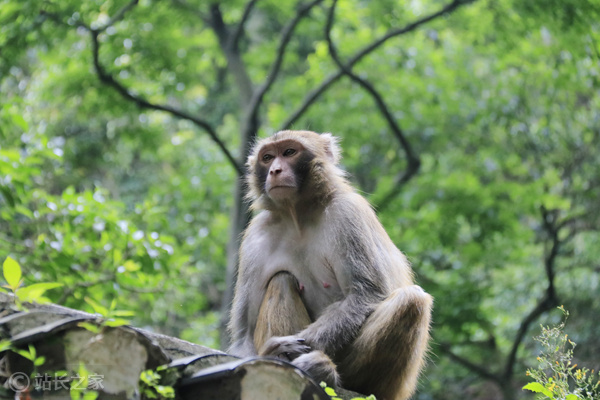Recently, Google announced the open source of an artificial intelligence model called SpeciesNet, which aims to identify animal species by analyzing photos captured by the camera. As researchers use camera traps (digital cameras connected to infrared sensors) globally for wildlife research, these devices, while providing valuable data, also generate a large amount of data, which often takes days to weeks to process.

To address this issue, Google launched the Wildlife Insights project six years ago, part of its Google Earth Outreach charity program. The platform allows researchers to share, identify and analyze wildlife images online, thus speeding up the processing of cameras capturing data.
The SpeciesNet model is at the heart of the platform, and Google says the model's training data comes from 65 million publicly available images, as well as from organizations such as the Smithsonian Institution's Institute of Conservation Biology, the Wildlife Conservation Society, the North Carolina Museum of Natural Sciences and the London Zoological Society. SpeciesNet can classify images into over 2,000 tags, covering animal species, classifications like "mammals" or "fecks" and non-animal objects (such as "vehicles").
Google noted in its blog that the launch of SpeciesNet will enable developers, academics and biodiversity-related startups to better monitor biodiversity in natural areas. SpeciesNet is now open source on GitHub under the Apache 2.0 license, meaning it is commercially available and mostly without restrictions.
It should be noted that Google is not the only company that provides open source tools for automated camera trap image analysis. Microsoft's "AI for Good Lab" also maintains an artificial intelligence framework called PyTorch Wildlife, providing fine-tuned pre-trained models focused on animal detection and classification.
Project: https://github.com/google/cameratrapai